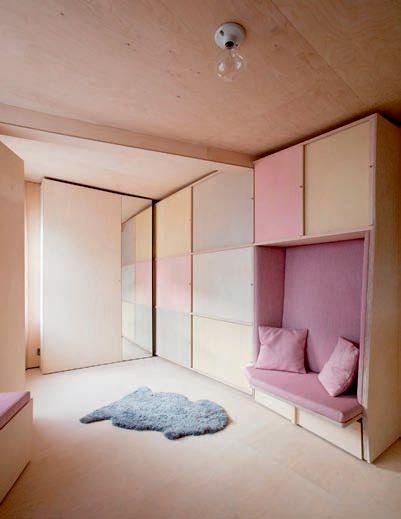
7 minute read
The Future is Urban Heimtextil lifestyle trends 2018/2019


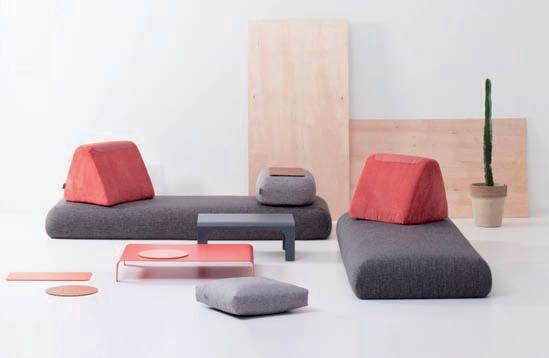
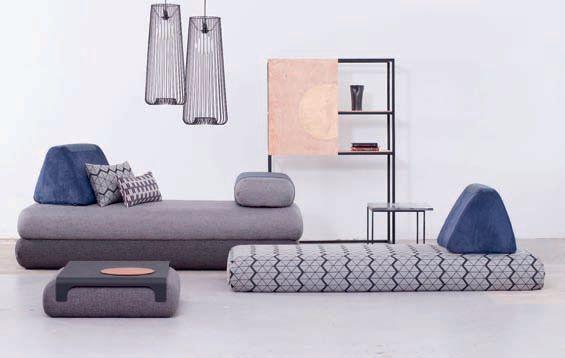
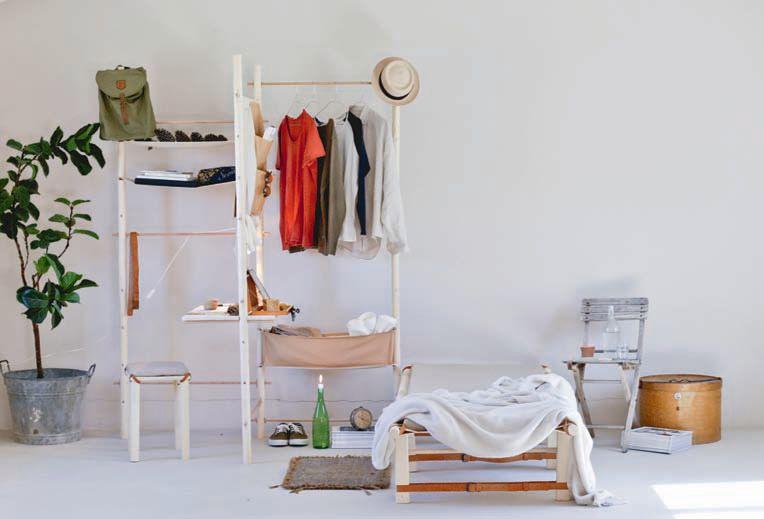






The Flexible Space
Coupled with exponential population growth, the rise of the single urban dwellers means city living spaces are shrinking. In the U. S., where apartment construction hit a 10-year high in 2016, the average dwelling has downsized by 7 percent since 2009. Meanwhile, the rise of gig and freelance culture, the emergence of less orthodox family structures, and the unaffordability of housing for younger generations are creating further challenges.
Designers, architects, and planners are rising to the challenge by optimizing available space. Flexible studio apartments and work–live spaces feature transformable furniture and adaptable spatial configurations that change at the push of a button. Pre-fab structures and portable furniture are coming to the fore, reflecting a mindset driven by experience over ownership. Top row: Nina Tolstrup of Studiomama designed a micro-apartment complete with kitchen, bathroom, closets, and sleeping area that encompasses only 140 square feet, with sliding doors hide unsightly storage. Second row: The Urban Nomad Sofa consists of geometric, modular elements such as large rectangular seating cushions, arm rests, and triangular back supports, designed to be configured to form one or more seating areas. Third row: Inspired by the fact that she had moved 13 times in 25 years, Elena Bompani created a flexible furniture system. Itaca is designed to be easy, quick, and intuitive to assemble and disassemble repeatedly. The design, made from fabric and wood, can used to make a bed, table, a wardrobe, and additional storage. Column immediate left: Dot Architects designed an adaptable co-working space in the historical Baitasi Hutong neighborhood of Beijing. Moveable furniture modules are controlled by smart TV and transform the space for multiple scenarios and occupants.


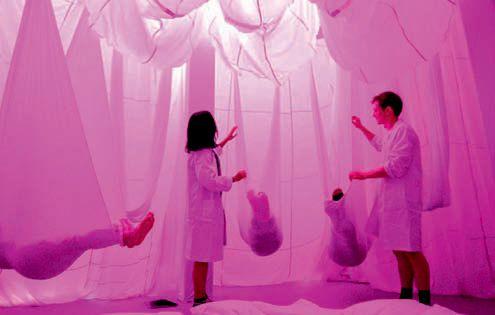
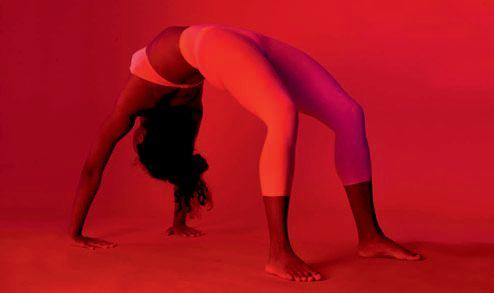
The Healthy Space
Urban living provides few opportunities to experience the great outdoors, so the indoor spaces in which we live, work, learn, and relax have a profound effect on our well-being. Consequently, designers, architects, and materials scientists are increasingly looking to innovative design features which enhance our health, happiness, mindfulness, and productivity.
Nine out of 10 people on the planet now breathe polluted air, according to World Health Organization estimates, which link some three million deaths every year to outdoor air pollution. From simple integration of plants in the interior space to innovative solutions for clean and purified air and new wellness destinations, the healthy space is on the rise. Clockwise from top left: London-based spatial laboratory Loop pH developed the Chronarium, a “public sleep laboratory” designed to reset its city dwelling visitors’ internal circadian rhythms. A cyclical audiovisual program aims to retrain the brain by using pink noise and a wash of colored light to encourage deep relaxation and recovery over a 15-minute period. • In/Out is an installation that presents an antidote to the polluted air and stress of urban life with three plants that have a symbiotic relationship with the viewer. Requiring the carbon dioxide and humidity of the viewer’s breath, the plants reciprocate by cleaning the atmosphere. • Architect Asif Khan created three temporary plant-filled pavilions for the London Design Festival—named Connect, Create, and Relax—which were underpinned by the Japanese idea of shinrin-yoku, which translates as forest bathing. • A 17,000-square-foot former factory has been converted into an office built around three lush greenhouses densely planted with trees and plants. Workers can choose to work within the green breakout spaces to reconnect with nature during the working day. • Inspired by a holistic approach to wellbeing, each class at ChromaYoga combines light therapy, soundscapes, and bespoke natural scents to create an individually designed mix of sensory triggers, offering a fully immersive environment in which red, yellow, blue, orange, and pink lights are targeted at emotional and physical ailments.


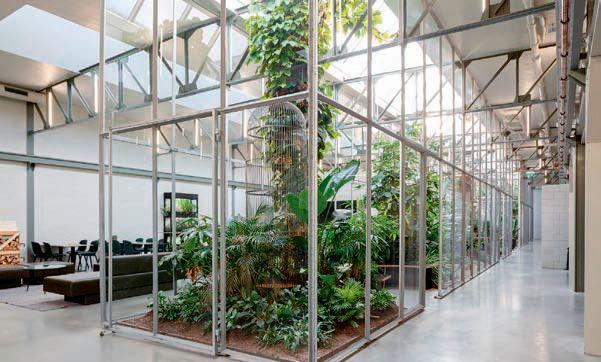
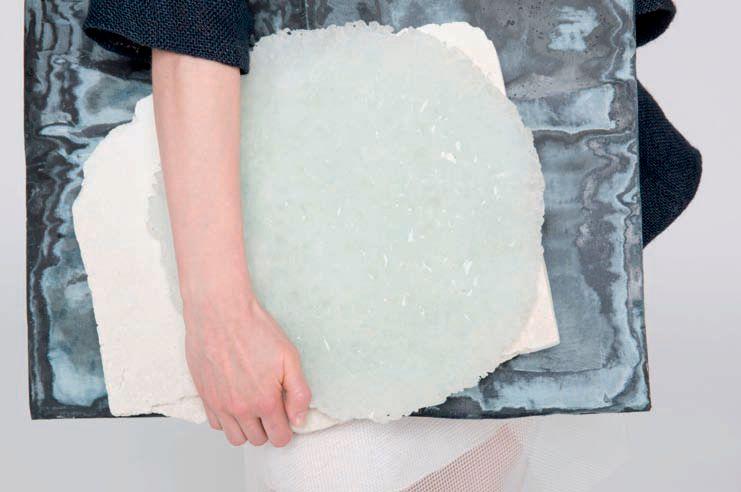
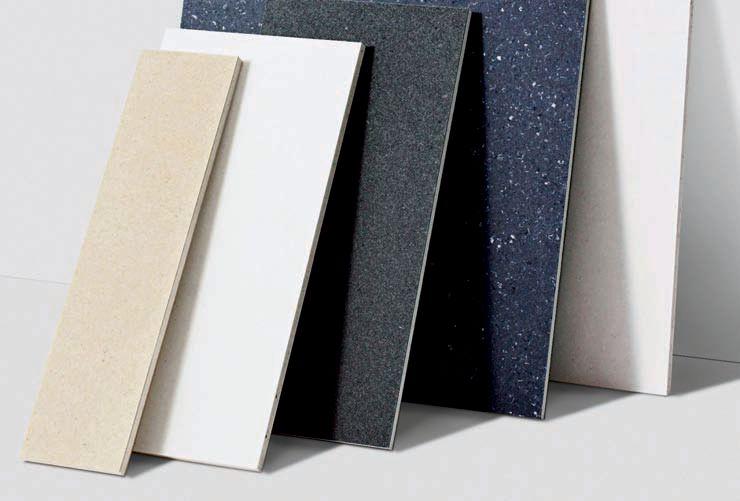

The Re-Made Space
For the first time in history, urban waste is growing faster than the rate of urbanization. According to the World Bank, by 2025 the urban population will have grown by 1.4 billion people, each of whom will be discarding an average of 3 pounds of waste per day—more than double the current average of 1.3 pounds per day.
To cope with the massive mountains of trash generated by multi-million populations, cities of the future will need to forget the difference between waste and resource. Trash will have to become the starting point for something new. Already, ideas and initiatives are providing a glimpse of how we could build urban environments more sustainably in the future and designers are discovering ways to reuse what we already have to create re-made spaces. From top: Drawing on the aesthetics of natural processes, such as the layering of rocks and their transformation through erosion, Sophie Rowley reengineers “hyper-common” waste materials such as denim, paper, Styrofoam, or glass, from local waste streams to produce new designs. In the final products, random patterns suggest the aesthetic of natural materials such as wood or stone, elevating the original resource until it no longer resembles the recycled raw material. • Start-up Really collaborated with textile brand Kvadrat to find new uses for end-of-life textiles. The result is Solid Textile Board, an engineered high-density material that substitutes for wood and composites in furniture and architecture. A large proportion of the recovered textiles, including cotton, wool, and polyester, are sourced from industrial laundries that process hotel sheets and towels as well as hospital and restaurant uniforms. • Nienke Hoogvliet’s research focuses on the potential of sea algae as an alternative to conventional textile crops, such as cotton, that pollute and require extensive irrigation. The Dutch designer has developed a sustainable yarn from sea algae and explored alternative uses, such as extracting a wide spectrum of natural dyes ranging from browns and greens to grays, pinks, and purples, depending on the seaweed species. The seat of the Sea Me Chair is hand-woven in seaweed yarn and dyed by the natural seaweed pigments.
Product Showcase
ONA DRAPERY HARDwARE
Ona Drapery Hardware Company is your source for custom made drapery hardware. From contemporary to traditional, we offer an extensive selection of styles and finishes. We manufacture every rod set to order using only premium heavy gauge steel, wrought iron, crystal and more. Custom curving is available for all rod profiles. Be sure to look at our new Acrylic Rods, Art Glass finials and Polished Chrome finishes in addition to our popular French Rods and ONAVERSE™ Iron Cord Traverse Rods. We pride ourselves on quality workmanship, timely delivery and customer satisfaction. Select Ona Drapery Hardware and order with confidence. For a free catalog please call 800/231-4025 or visit our website at www.onadrapery.com.
ORION ORNAMENTAL IRON, INC.
NEw SILVER TRAVERSING TRACKS
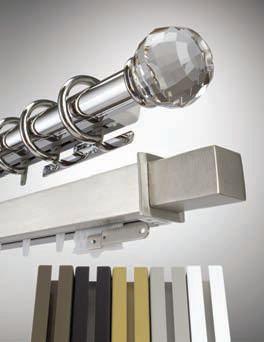
Orion Ornamental Iron is pleased to announce we now offer manual and motorized traversing tracks in Silver, giving you more options for your traversing system designs. This newest addition joins our four other track colors; Antique Bronze, Black, Gold, and White.
sales@ironartbyorion.com www.ironartbyorion.com 877.476.6278
SUREwIN
Providing quality products at competitive pricing from our Florida warehouse. Custom sourcing available. Plastic bead chain in rolls or continuous loops; numerous colors in all lengths, nickel plated and stainless chain in rolls and continuous loops in all lengths, stop balls, connectors, safety devices, c-clips, alligator clips, tassels, lift cord, vertical components, cord locks, and the easy-to-fabricate, low-profile Sure-Lift® Roman Headrail System for shades up to 50 lbs. Get our new catalog!

Contact: Surewin@optonline.net, tel: 239/362-3342, fax: 239/362-1383
UNI-SOLEIL
Uni-Soleil new roller clutch are smoother, easy go and much quieter. With complete range of roller collection in the world with USA patent, we can advance your roller blind to high end class. The standard colors are in white, black, ivory, grey and brown. We offer full solution in window blind industry. Please contact Uni-Soleil sales@uni-soleil.com.tw or visit www.unisoleil.com.tw for further information.











